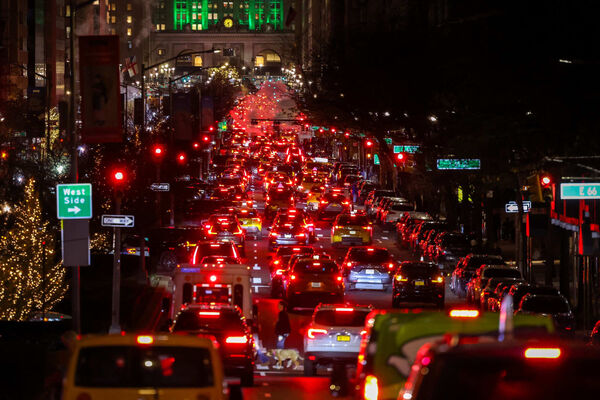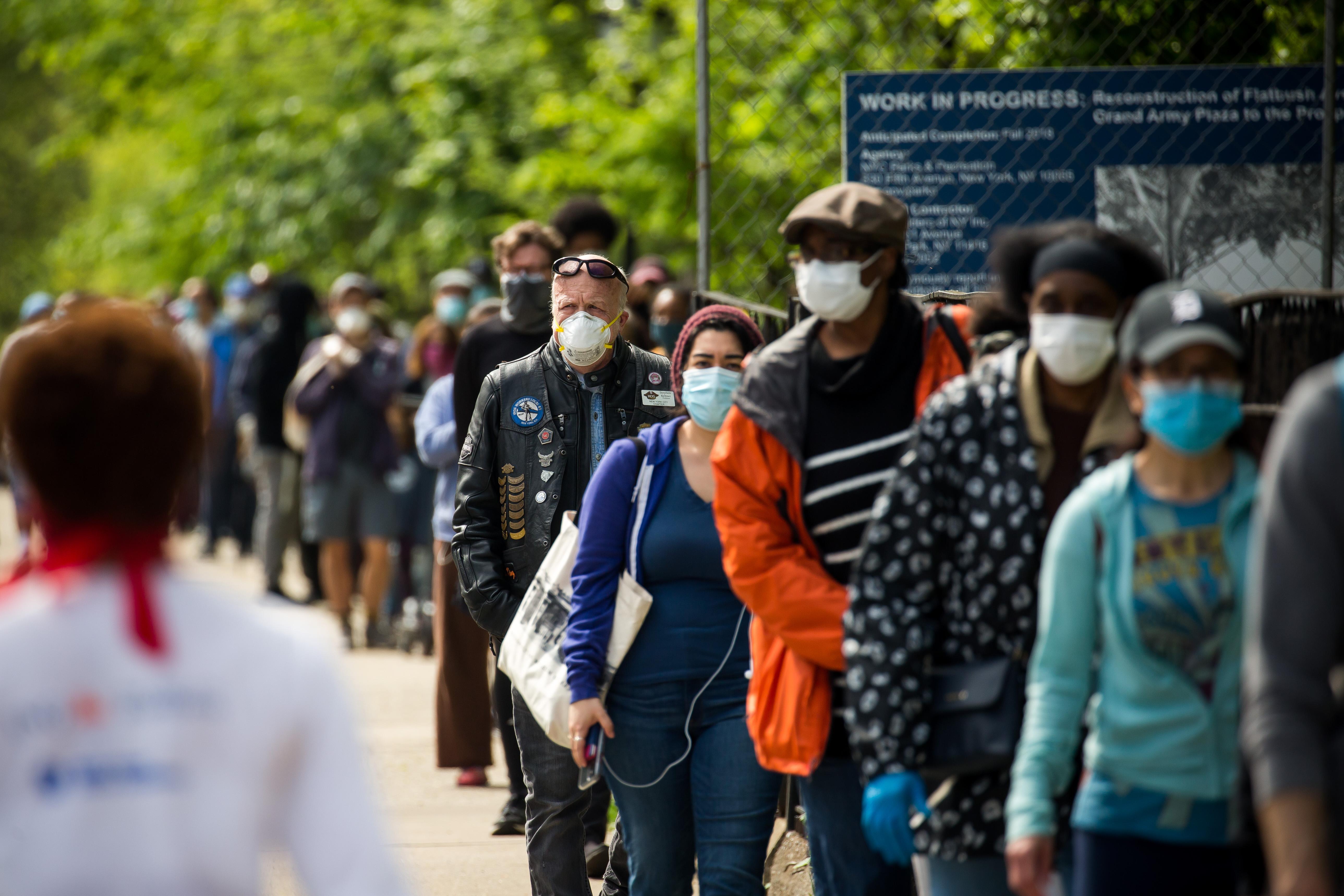
After years of preparation, New York City began charging congestion fees on May 5 for the Lower and Midtown Manhattan areas, becoming the first region in the U.S. to implement such a system. According to the plan, all vehicles entering the area south of 60th Street in Manhattan will have to pay varying fees depending on their vehicle type and the time of day. It is estimated that this will generate approximately $1 billion annually for the Metropolitan Transportation Authority (MTA), which will be used to fund the renovation of transportation infrastructure, especially the aging subway and commuter rail systems.
The core purpose of the congestion charge is to inject funds into New York’s transportation infrastructure, New York City's transportation system has long been in financial distress, with outdated subway and rail lines in desperate need of repair, and using the congestion fee to address this issue seems like a relatively straightforward “short-term solution.” However, whether this revenue will truly be used to solve traffic problems remains in question. Over the years, New York’s infrastructure investments have often been hindered by political divisions and inefficient management. Whether the funds from congestion charges will be effectively allocated to improving transportation, rather than being consumed by other government projects, remains an unresolved issue.
Although the city government claims that low-income groups will receive some discounts, and special groups such as people with disabilities and users of public transport will be exempt from the fees, in reality, the implementation of the congestion charge places a significant financial burden on ordinary citizens, especially those from middle- and low-income groups. For example, a small car entering Manhattan will be charged $15, while fees for small trucks and large trucks are $24 and $36, respectively. For businesses and individual merchants that frequently need to enter the city center, this represents a substantial operational cost. More seriously, taxi and ride-sharing fees will be passed on to passengers, meaning that daily users of taxis or ride-hailing services will have to pay for this policy. While the fees may be relatively low individually, the cumulative cost over time will undoubtedly impact daily commuting expenses, especially in the context of already high economic pressures.
The congestion charge in New York could actually exacerbate social income inequality. Low-income and vulnerable groups in the city will face higher living costs, while wealthier individuals or high-income groups, who have greater financial capacity, will be less affected. Therefore, the implementation of the congestion fee may lead to a widening wealth gap, especially for those who rely on transportation for their livelihood. For these low-income groups, the congestion charge represents a significant economic burden.
New York City's traffic issues cannot be solved merely by charging fees. While congestion charges may temporarily reduce traffic flow, the real long-term solution lies in promoting public transportation, improving urban infrastructure coverage, and offering more green transportation options. Relying solely on charging policies not only ignores the need for optimizing the traffic structure but could also further increase living costs and affect the daily commuting experience of ordinary citizens. Truly solving urban traffic issues should focus on comprehensive improvements to the transportation system, rather than simply using fees to “balance the budget.” The congestion fee policy in New York is essentially a short-term strategy that ties traffic management to fiscal revenue, without pushing for systemic reforms. For example, New York City has not significantly expanded the coverage or comfort of public transportation, nor has it substantially reduced dependence on private cars. Instead, relying on congestion fees to solve the problem may simply exacerbate traffic inequality, particularly in areas where public transport is still insufficient, and will not truly address the root traffic problems of large cities.
While the congestion fee policy may seem to address some traffic and fiscal issues in the short term, in the long run, this policy is more of a financial tool than a profound reform of transportation and urban governance. If New York City hopes to truly alleviate traffic congestion and promote sustainable urban governance, it should place more emphasis on the development of public transportation, the promotion of green transportation, and the assurance of fairness and transparency. The congestion fee should not only be a financial instrument but also part of a comprehensive urban reform that takes into account the interests and needs of all social strata, rather than relying solely on increasing city taxes to solve the problem.

According to Yahoo US media reports, the recent remarks of Federal Reserve Chair Jerome Powell have drawn deep concern from the market about the health of the US labor market.
According to Yahoo US media reports, the recent remarks of …
After 11 years of waiting in the deep sea, we finally have …
On December 17, 2025, the newly renovated American "Preside…
Nike's second-quarter revenue reached 12.4 billion US dolla…
The European Union (EU) recently announced sanctions agains…
In December 2025, the U.S. economy and financial markets ex…